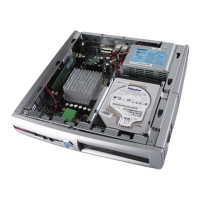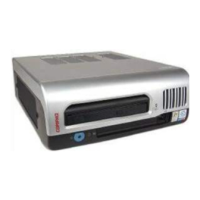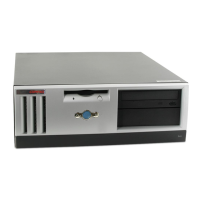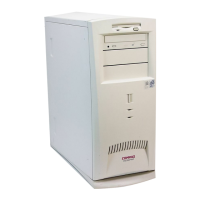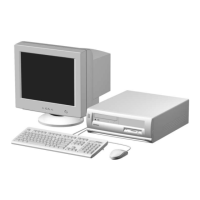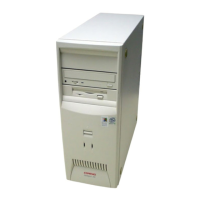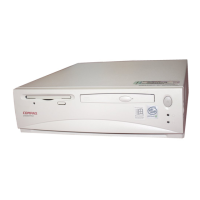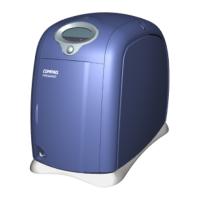Technical Reference Guide
Chapter 8
BIOS ROM
8. Chapter 8 BIOS ROM
8.1 INTRODUCTION
The Basic Input/Output System (BIOS) of the computer is a collection of machine language
programs stored as firmware in read-only memory (ROM). The BIOS ROM includes such
functions as Power-On Self Test (POST), PCI device initialization, Plug ‘n Play support, power
management activities, and the Setup utility. The firmware contained in the BIOS ROM supports
the following operating systems and specifications:
♦ DOS 6.2
♦ Windows 3.1 (and Windows for Workgroups 3.11)
♦ Windows 95, 98, and 2000
♦ Windows NT 3.5 and 4.0
♦ OS/2 ver 2.1 and OS/2 Warp
♦ SCO Unix
♦ DMI 2.1
♦ Intel Wired for Management (WfM) ver. 2.2
♦ Alert-On-LAN (AOL) and Wake-On-LAN (WOL)
♦ ACPI and OnNow
♦ APM 1.2
♦ SMBIOS 2.3.1
♦ PC98/99 and NetPC
♦ Boot Integrity Services (BIS)
♦ Video BIOS on systems with 815E-based graphics or integrated nVIDIA AGP graphics
♦ Intel PXE boot ROM for the integrated LAN controller
♦ BIOS Boot Specification 1.01
♦ Enhanced Disk Drive Specification 3.0
♦ “El Torito” Bootable CD-ROM Format Specification 1.0
♦ ATAPI Removeable Media Device BIOS Specification 1.0
The BIOS ROM is a 512KB Intel Firmware Hub (or Firmware Hub-compatible) part. The runtime
portion of the BIOS resides in a 128KB block from E0000h to FFFFFh.
This chapter includes the following topics:
♦ ROM flashing (8.2) page 8-2
♦ Boot functions (8.3) page 8-4
♦ Setup utility (8.4) page 8-6
♦ Client management functions (8.5) page 8-13
♦ PnP support (8.6) page 8-15
♦ Power management functions (8.7) page 8-17
♦ USB legacy support (8.8) page 8-24
Compaq Deskpro and Evo Personal Computers
Featuring Intel Celeron and Pentium III Processors
Fifth Edition - March 2002
8-1
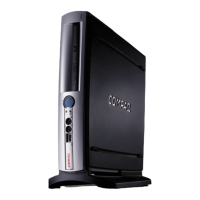
